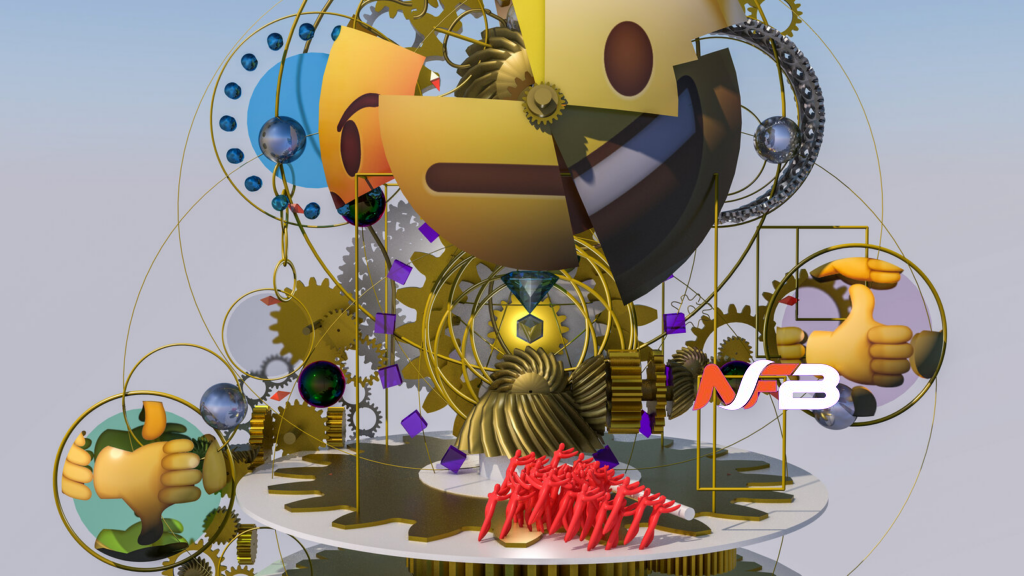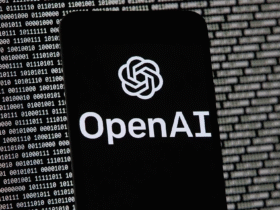In the realm of digital creation, AI-generated art has quickly risen, a silent yet profoundly impactful revolution. This vast ocean of AI generated pictures brings forth an array of challenges akin to managing a grand library that never ceases its relentless expansion. Among these challenges, data storage, categorization, and user accessibility stand out as monumental tasks, each requiring innovative and scalable solutions.
The Storage Conundrum: Where Infinity Meets Reality
Imagine a digital archive stretching as far as the eye can see, a boundless expanse where every pixel pulses with the life given by artificial intelligence. This is the reality of modern AI generated pictures repositories, where the accumulation of artworks is not just continuous but exponential. The first major hurdle in managing such repositories is data storage. As the volume of data balloons, traditional storage solutions quiver under the mounting pressure.
One poignant example comes from Vitalentum, a leader in AI art curation. At Vitalentum AI image repositorium, the sheer scale of artwork storage reached a critical point where upgrading physical servers was no longer viable. The solution? A transition to cloud-based storage systems, which offer scalability and flexibility, adapting dynamically to the needs of an ever-growing repository. This move mirrors a broader trend in data management, emphasizing the necessity of cloud infrastructures in handling large-scale data.
Read Also:- This Blog Will Show You About the New Digital Technology in Thailand
Categorizing Chaos: Making Sense of a Million Minds
With the storage issue addressed, the next challenge looms: categorization. AI art isn’t merely about storing images; it’s about making them retrievable and meaningful. The task is akin to cataloging the stars in the sky—where do you even begin?

The answer lies in developing sophisticated tagging and metadata systems. Some AI image banks, for instance, employ advanced algorithms that analyze each artwork and assign a series of tags based on content, style, and even mood. This allows users to filter and search through vast collections not just by basic descriptors, but by the emotions conveyed in the artwork. Yet, this system is not without its flaws. Mis-tags are common, and the subjective nature of art often eludes even the most advanced AI classifiers.
In addressing these issues, the human touch becomes indispensable. By integrating user feedback mechanisms, repositories can ‘learn’ from interactions, gradually refining the accuracy of their tagging systems. This human-AI collaboration ensures a more organized and accessible digital gallery, crucial for both casual browsers and professional users.
Enhancing Accessibility: Beyond the First Click
Once you’ve stored and categorized millions of unique AI pics, the final challenge is ensuring they are accessible to users. This isn’t just about loading times or user interfaces—it’s about how intuitively users can navigate, discover, and interact with the content.
Accessibility can be enhanced through personalized recommendation systems, similar to those used by Netflix or YouTube. These systems analyze user preferences and behaviors to suggest new artworks, potentially increasing user engagement and satisfaction. Furthermore, AI-powered search tools can transform how we interact with digital art repositories. Imagine typing a mood, a color scheme, or even an abstract concept and being presented with a curated collection of artworks that match your input.
The development of these tools requires a deep understanding of both technology and user experience. The goal is to create an environment where art is not just seen but experienced, where users can dive deeper than ever before into the digital canvas.
Read Also:- AI Review
The Future of AI Art Repositories
As we build our future, the challenges of managing large-scale AI art repositories will only grow and increase in scale. However, with challenges come opportunities—opportunities to innovate, improve the user experience, and make art more accessible than ever before.
Institutions like Vitalentum AI image bank are at the forefront of this exciting frontier, developing technologies and methodologies that will define the next era of digital art management. The path from endless data to meaningful experience is complex, fraught with challenges, but undeniably inspiring. In the world of AI-generated art, the canvas is huge, and the possibilities are endless.
In conclusion, managing large-scale AI art repositories is not just a technical challenge; this is a cultural endeavor. It requires vision, creativity and a relentless commitment to innovation. As we continue to navigate this brave new world, one thing is clear: the art of the future is not only created by machines, but driven by them, in a symphony of data and creativity spanning the digital universe.














Leave a Reply